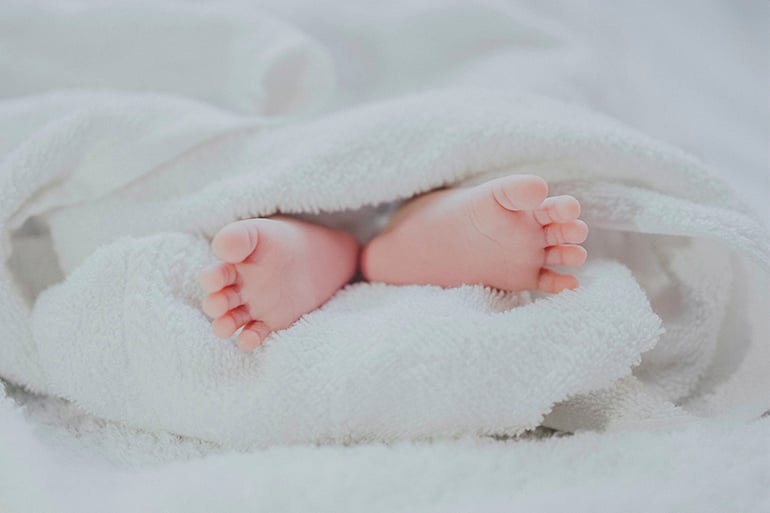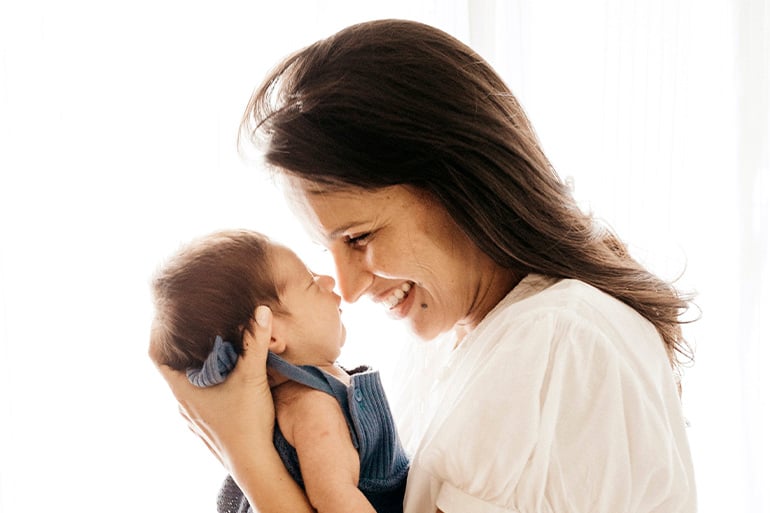December 1, 2022
May 10, 2023
As children grow and develop, they may experience various foot problems that can lead to long-lasting pain, deformity, and other serious health issues if left untreated. That’s why it’s essential to identify and address these problems as soon as possible. Fortunately, Caser Expat Insurance provides coverage for children’s foot problems through their healthcare plans, including a biomechanical walking study for children under 16 years old.
In this article, we will explore the most common children’s foot problems, the benefits of resolving foot problems early on, what Caser Expat Insurance covers, and all the details you need to know about a biomechanical walking study.

What are the most common children’s foot problems?
Children’s feet are different from adult feet in that they are not fully formed yet, and their bones are softer and more flexible. This makes them more prone to various foot problems. According to the NHS, here are some of the most common foot problems in children:
- Flat Feet: Flat feet are when the arch of the foot collapses, causing the entire foot to come into contact with the ground. Flat feet can lead to muscle and joint problems and cause pain while walking.
- Misaligned Feet: Misaligned feet occur when the bone between the ankle and heel bones slips off the heel bone. This can cause other problems and lasting pain.
- Heel Pain: Also known as Sever’s Disease, it’s the most common cause of heel pain in children under 14 years old. It is usually a “painful inflammatory response of the attachment of the Achilles Tendon at the growth plate of the heel bone.”
- Bow Legs: Before the age of 18 months, it is common for children to have a small gap between their knees and ankles when they stand. If the gap is pronounced or does not correct itself, it could be a sign of a bone deformity.
- Knock Knees: Knock knees occur when a child stands with their knees together, and there's a gap between their ankles. It usually corrects itself by the age of seven.
- In-Toeing & Out-Toeing: In-toeing is where a child's feet turn in, and out-toeing is where the feet point outwards. This usually corrects itself, and treatment is not needed in most cases.
Why it is beneficial to resolve foot problems early on?
If left untreated, foot problems in children can lead to long-lasting major problems such as arthritis, weak muscles, deformity, mental anxiety, and severe pain. Resolving foot problems early on can prevent further damage and lifelong suffering.
What coverage does Caser Expat Insurance offer for foot problems?
At Caser Expat Insurance, we know that mobility issues can be a hindrance to a child’s development and a huge worry for parents.
All of the Caser healthcare plans–Integral, Activa, Adapta, Inicia, Medica, and Prestigio–include unlimited chiropody in a doctor's office for adults. The Integral, Activa and Prestigio plans have no limit to the number of podiatry sessions. For the rest of the products, it is limited to 6 annual sessions per insured person.
For children, the star feature of our healthcare plans is our biomechanical walking study for children under 16 years of age. This study assesses whether a child's stride is correct, helps prevent injuries and ensures proper psychomotor development from childhood.

What is a biomechanical walking study?
Caser’s biomechanical walking study is an analysis of your child’s footprint to prevent the appearance of musculoskeletal injuries. It assesses whether their stride is correct and if there is any relation between this and certain diseases. It also ensures proper psychomotor development from childhood.
We analyze the foot in a static position and in movement. During the movement portion, a high-speed recording is used to detect possible anomalies that cannot be seen in real time. Then we assess its coordination with other parts of the body, such as the knee, hip or spine. Finally, there is an exploration of the foot on a stretcher (paying attention to its articulation and muscles) and through the use of a pressure platform.
The benefits of the biomechanical walking study include avoiding possible future problems, detecting alterations in the locomotor system's entire structure, and reducing the risk of muscle injuries and joint inflammation by correcting posture in time. It is recommended to carry out this test in childhood since the musculoskeletal structure is more flexible at this stage, making it easier to correct any problems that may arise. Children under 16 years old can use this coverage, and the best age to conduct the study is from five years old since the child has not yet finished defining their footprint.
To carry out this study, medical prescription from a professional is not required, but authorization from Caser is necessary. The authorization can be obtained quickly through the Caser Salud App, in the Customer Area or by phone. Once authorization is received, the specialty "Biomechanical study of gait" should be selected in the Medical Directory, choose the subsidized center of your choice and make an appointment.
As we have read, it is crucial to identify and address foot problems in children from a young age. Fortunately, Caser Expat Insurance provides coverage via our biomechanical walking study. If your child presents symptoms of flat or misaligned feet, bow legs, or other common ailments, don’t hesitate to reach out to us to investigate the issue. After all, resolving foot problems early on can prevent further damage and lifelong suffering. Learn more about this coverage and more coverages included in our Health Insurance plans:
|
If you are searching for health insurance in Spain, Caser Expat Insurance has the right policy for you!
|
.png?width=344&height=67&name=logo_caser%20(2).png)








Let Us Know What You Thought about this Post.
Put your Comment Below.